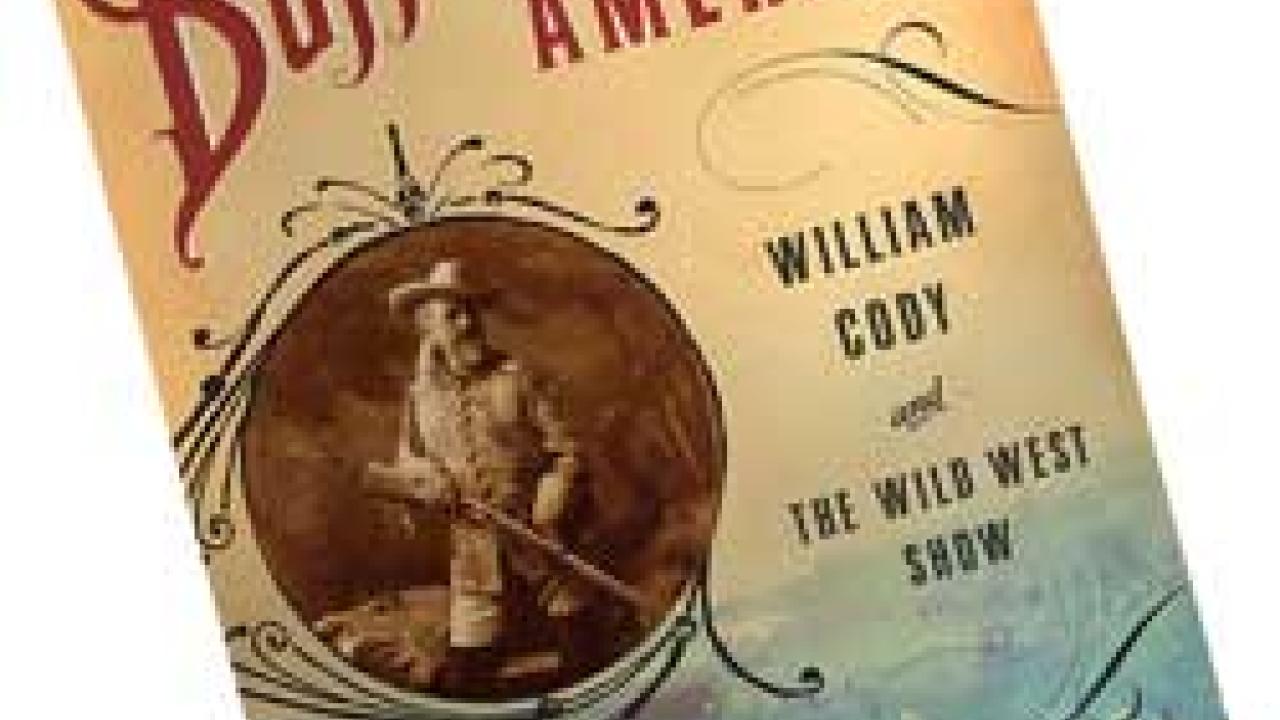Buffalo Bill Cody was the world's most famous and best-loved American at the height of his popularity in 1900, but he told the most amazing whoppers that people still believe today, says UC Davis Western historian Louis Warren in a new book.
In "Buffalo Bill's America: William Cody and the Wild West Show" (2005, Alfred A. Knopf), Warren makes the case that Cody was a master at reading and translating cultural anxieties into a popular show that helped reinforce the West's identity.
"Was he a real frontiersman or just a showman -- a hero or a charlatan?" Warren asks.
"For Americans of his age, the fun in Cody's spectacle was in evaluating what was true and what was fake, a diversion that made Buffalo Bill a popular figure across the deep political divisions between Republicans and Democrats, left and right, that split America in the Gilded Age," Warren says, pointing to present-day similarities.
More than just a biography of a 19th century celebrity, Warren's book explores how Cody developed his performance ideas from the public fascination with the American frontier, and how the showman cultivated arguments about himself.
What we think we know about Buffalo Bill ain't necessarily so, Warren has determined through his historical sleuthing.
- This most famous Pony Express rider never rode for the brief-run mail service.
- He learned to graft details of other people's tales, including those of his friend Wild Bill Hickok, into his own autobiography.
- Cody was renowned as Gen. George Custer's avenger and re-enacted the Battle of the Little Big Horn in his show, but he never worked for Custer.
At the same time, Warren says, much of what we have forgotten about Cody is truly remarkable. For instance, the Buffalo Bill show provided a means for at least some women and men from the Far West -- whites, immigrants, Indians and Mexican Americans -- to carve themselves a place in the "new" West by performing the "old."
"He became an American artist of originality and remarkable vision, on a par with contemporaries and successors such as P.T. Barnum, D.W. Griffith, Eugene O'Neill, and even Orson Welles," Warren says.
Media Resources
Susanne Rockwell, Web and new media editor, (530) 752-2542, sgrockwell@ucdavis.edu
Louis Warren, History, (530) 752-1633, lswarren@ucdavis.edu
